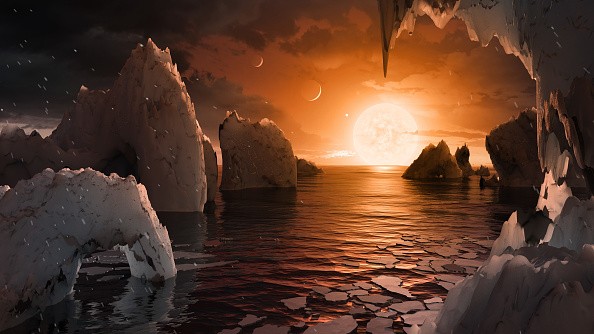A new exoplanet atmosphere 3D map can help many space experts to find other worlds that are quite similar to Earth. This means that they can use the new 3-dimensional mapping technique might be able to locate other planets that can support life.

For the past few years, NASA and other space organizations have been looking for exoplanets with basic life elements. These include oxygen, carbon, hydrogen, and other essential materials.
However, they are still unable to find these Earth-like worlds. Now, Lund University's new space innovation might help when it comes to location life-supporting planets.
New Exoplanet Atmosphere 3D Map
According to Engadget's latest report, Lund University's space researchers developed a new 3D map of WASP-189. Involved scientists specifically created a 3-dimensional representation of the ultra-hot gas giant's atmosphere.

"WASP-189b is a planet outside our own solar system, with a dayside temperature of 3,200 degrees Celsius. The planet is very close to its host star, with a year that lasts for 2.7 days," said the experts via Lund University's official post.
They started observing this planet way back in 2020, which is when the exoplanet also caught the attention of the CHEOPS satellite.
Because of this, it has been the subject of interest for astronomers and other space experts. Their new study seems like the exoplanet's atmosphere can provide more information about the worlds outside the solar system.
How Can the 3D Map Be Useful?
Lund University's scientists used a high-resolution spectrograph, allowing them to study the exoplanet's host star. They were able to observe the light passing through the heavenly body's atmosphere.
This technique involved experts who discovered the first solid evidence of titanium oxide in WASP-189b's atmosphere. Aside from this, they also identified iron, magnesium, and chromium.
Now, they believe that the new spectrograph techniques they used will allow them to translate other exoplanets' atmospheres and compare them with one another. If this is successful, they can observe other worlds to see if they can support life or not.
In other news, the fully deployed James Webb Telescope is expected to provide unprecedented close looks at exoplanets. On the other hand, a new neural network cataloged more than 300 new worlds.
For more news updates about space and other related science topics, always keep your tabs open here at TechTimes.
Related Article : NASA Kepler Spacecraft Detects An Alien Moon Candidate Three Times BIGGER Than Earth
This article is owned by TechTimes
Written by: Griffin Davis
ⓒ 2025 TECHTIMES.com All rights reserved. Do not reproduce without permission.




